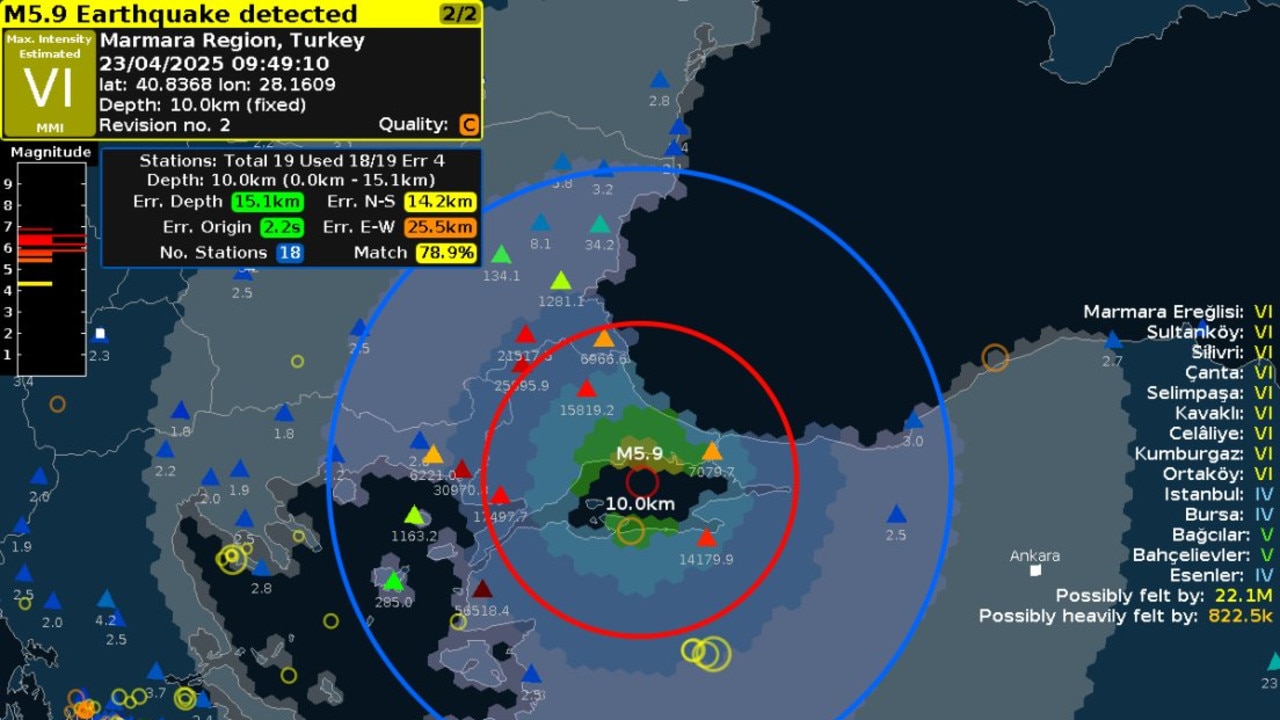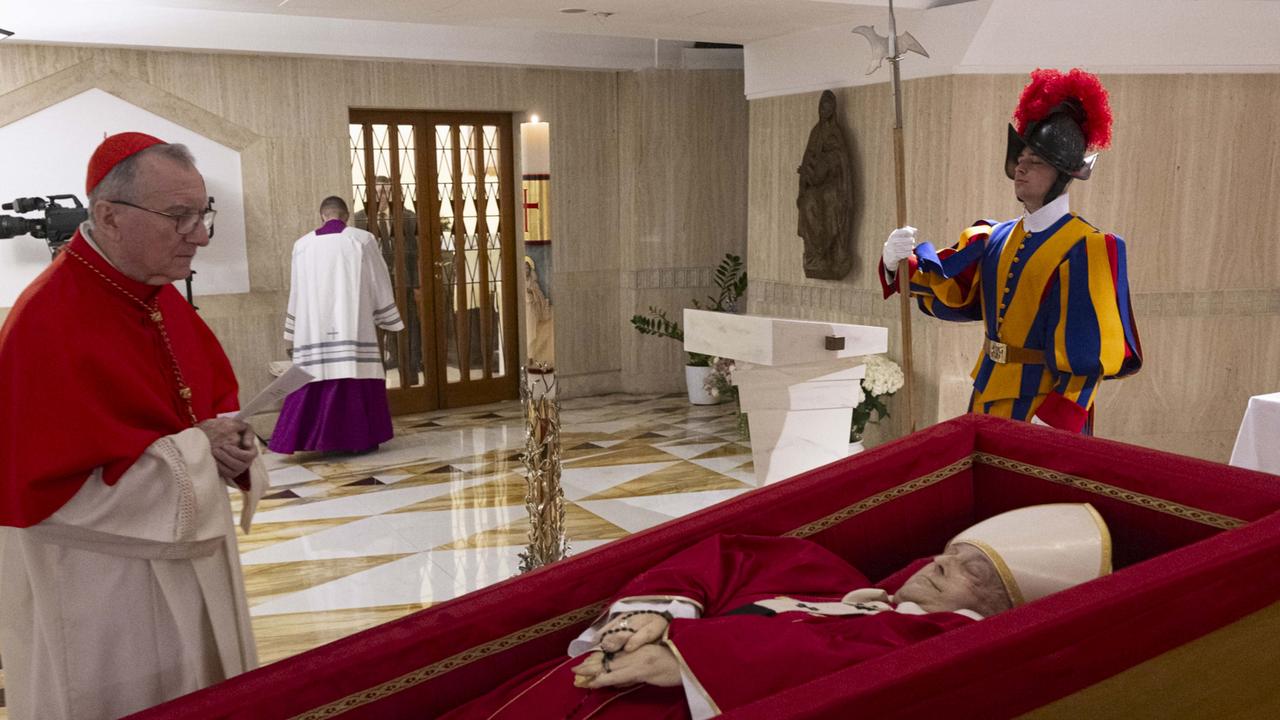Pope Francis’ body carried into St Peter’s Basilica
The late pontiff’s open coffin was carried in a procession past thousands of mourners in Rome ahead of his funeral.
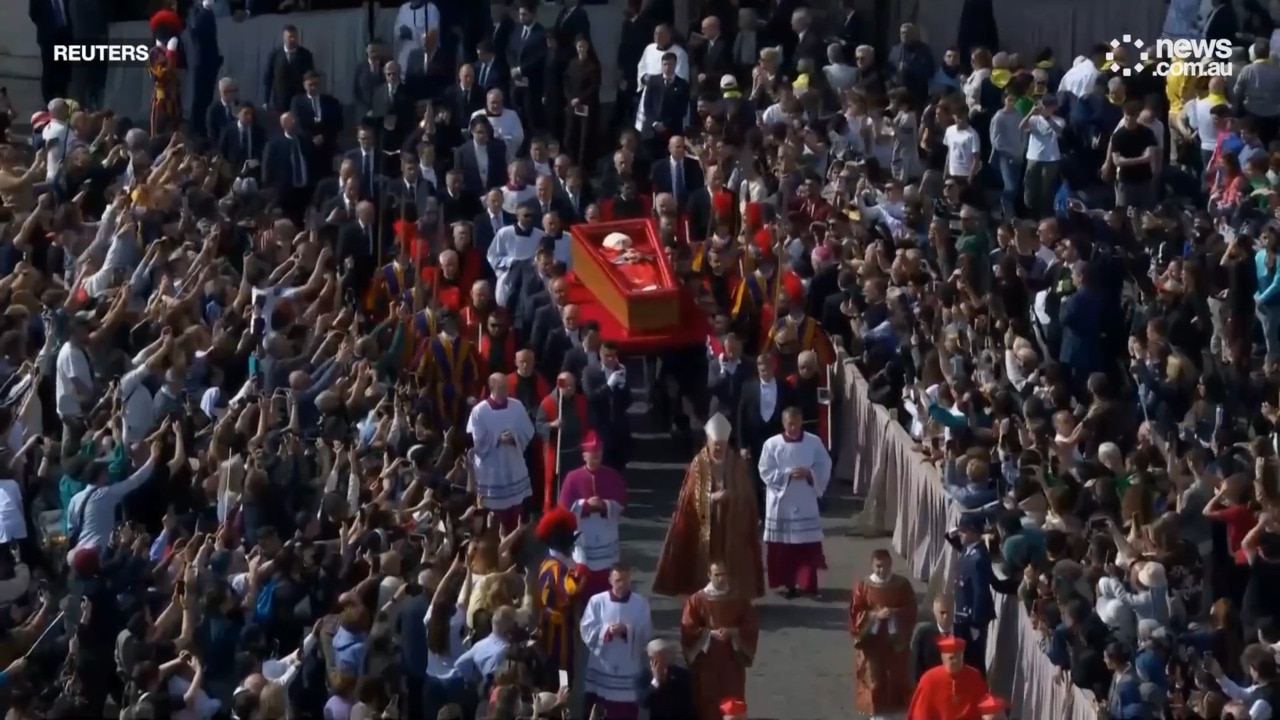
Pope Francis’s body has arrived at Saint Peter’s Basilica to lie in state before his weekend funeral after being carried past thousands of mourners in Rome.
Francis died from stroke and heart failure in Rome on Easter Monday, aged 88, after 12 years as head of the Catholic Church.
On Wednesday, local time, the late pope’s open wooden coffin was carried from where he lived and died at Casa Santa Marta, 500m across St Peter’s Square to the basilica.
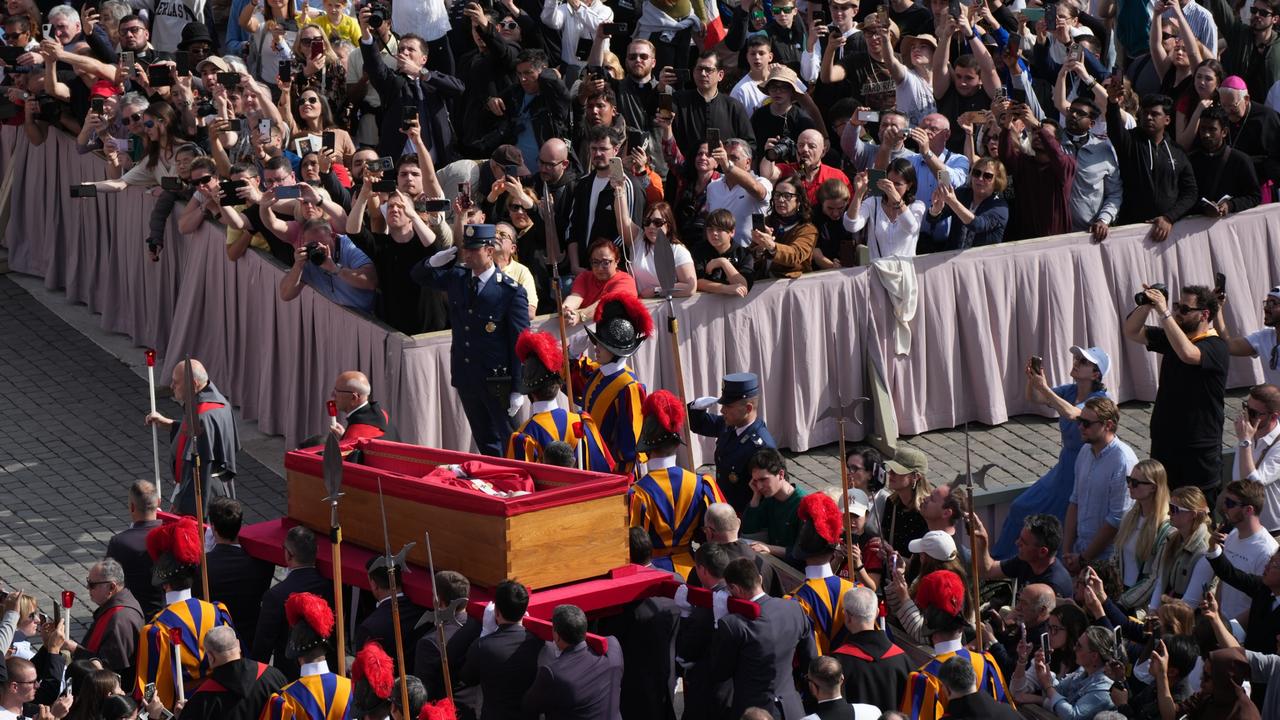
His body was carried by pallbearers behind a procession of red-robed cardinals and Swiss Guards as St Peter’s Bells rang out.
Eight Swiss Guards carrying staffs walked beside the open wooden coffin as it passed through the square, which was filled with tens of thousands of onlookers.
Priests decked out in choir dress and others in cassocks made up the long procession, some with candles in their hands, as groups of nuns followed behind.
The Argentine pontiff’s funeral is set for Saturday and is expected to draw huge crowds and leaders from across the globe.
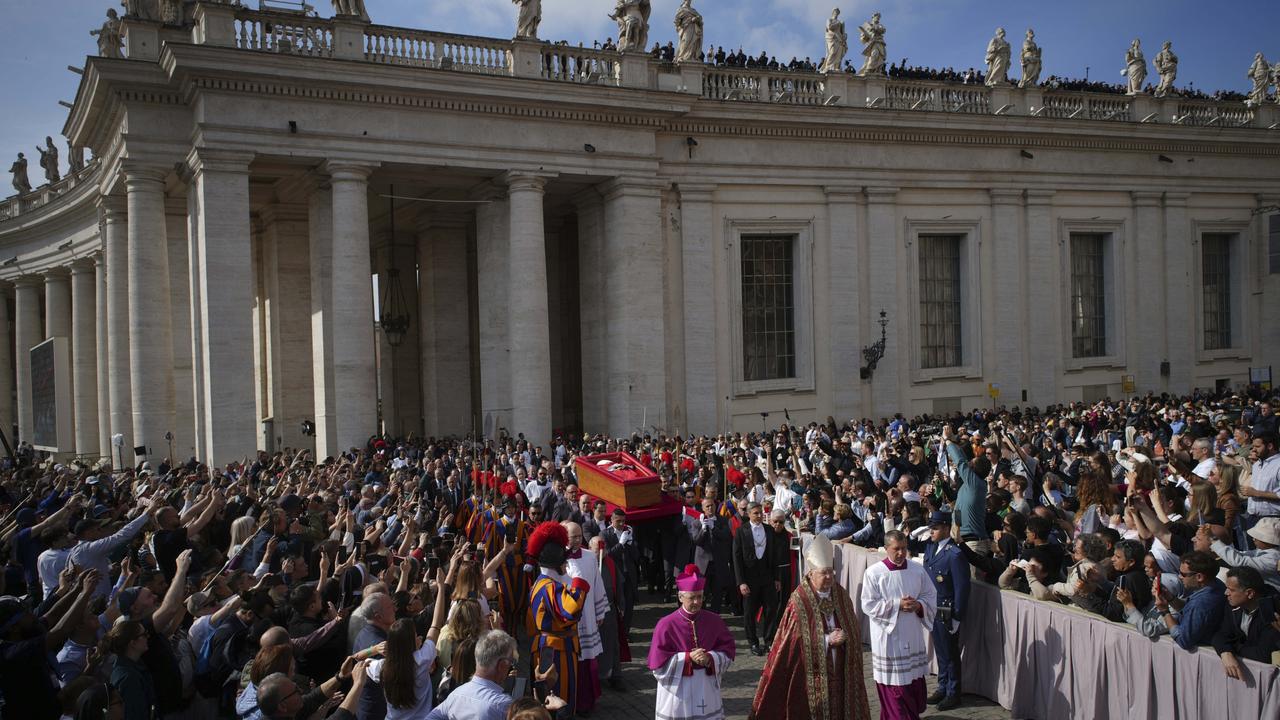
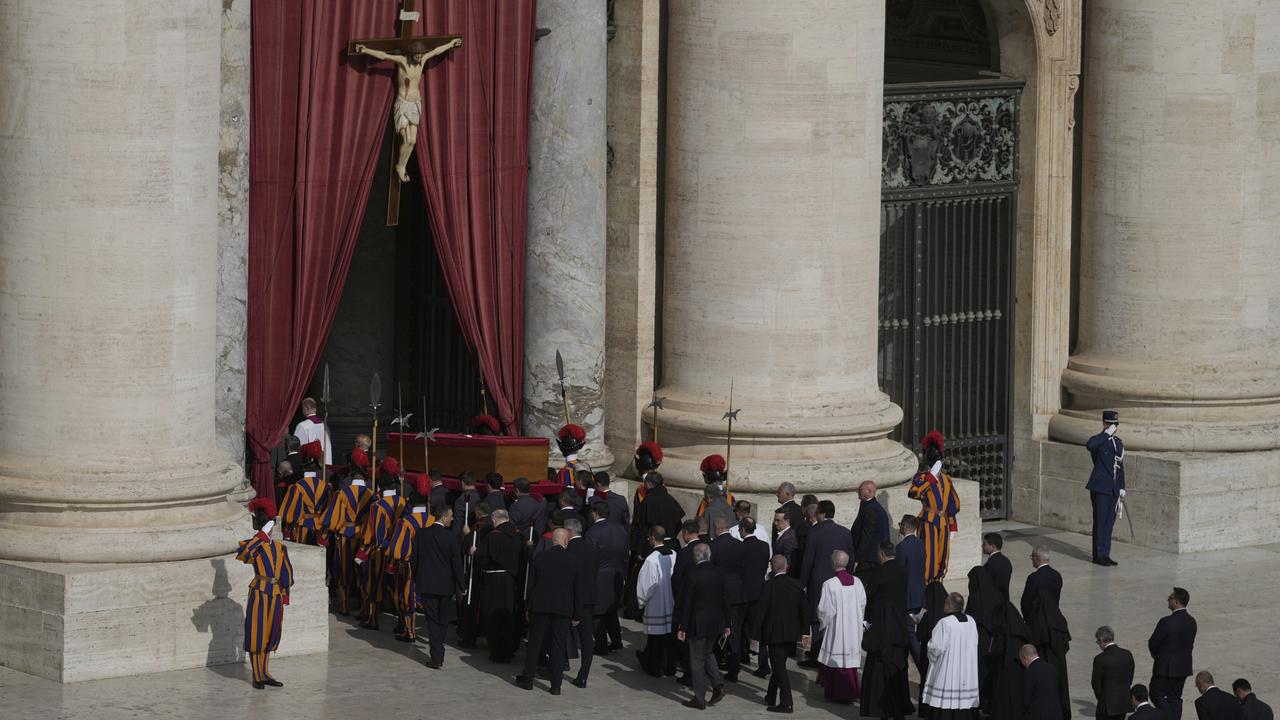
His death has seen an outpouring of grief among faithful and world leaders, who have remembered him as a humble champion of the poor.
Even in death, Francis has broke with tradition in several ways by forgoing more elaborate funeral arrangements such as opting for zinc-lined wood coffin.
The bodies of past popes were interred inside three nesting coffins: one of wood, a second of lead and a third of wood.
Francis’ coffin entered through the central door of the basilica before being placed at the Altar of the Confession, where Bernini’s bronze Baldacchino soars up towards Michelangelo’s famous dome.
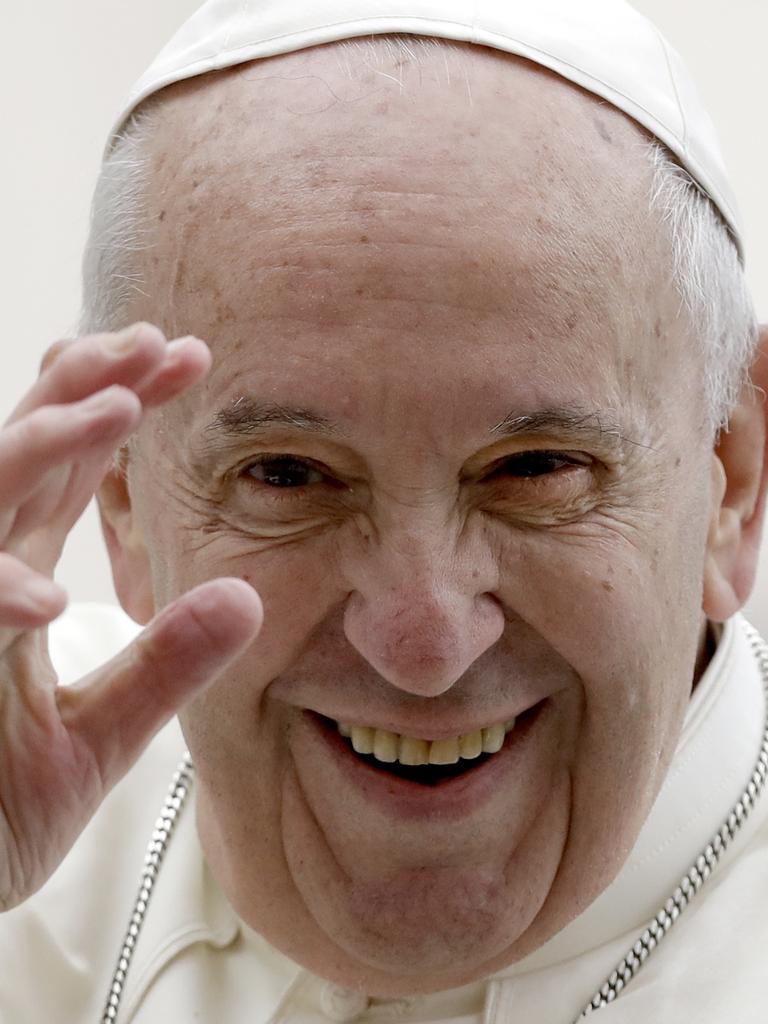
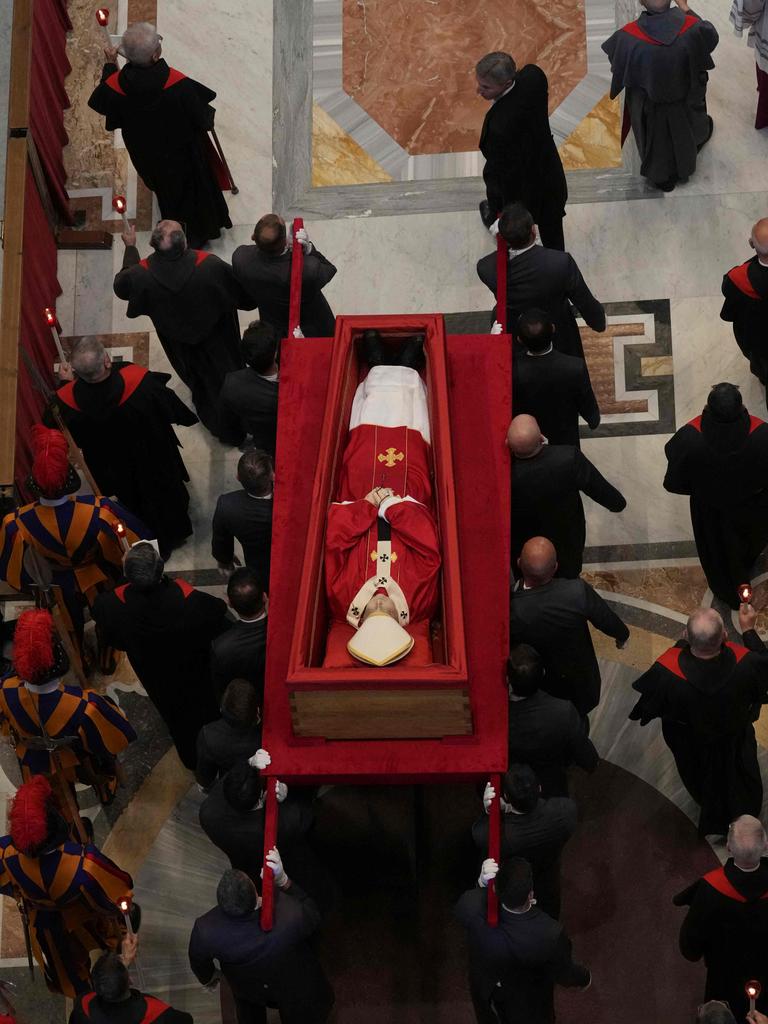
The public will be allowed in to view the open casket on Wednesday, Thursday and Friday.
Saturday’s funeral is expected to draw hundreds of thousands of pilgrims, as well as world leaders including, US President Donald Trump and Ukraine’s Volodymyr Zelensky, as well as Britain’s Prince William.
Australia’s Governor-General Sam Mostyn will represent Australia at the funeral.
Afterwards, Francis’s coffin will be transported to his favourite church, Rome’s Papal Basilica of Santa Maria Maggiore, where his coffin will be interred in the ground and marked by a simple inscription: Franciscus.
He will become the first pope in more than 100 years to be laid to rest outside the Vatican.
Italy has declared five days of national mourning – longer than the three days observed for Polish pope John Paul II in 2005, but less than the week declared for Francis by his native Argentina.
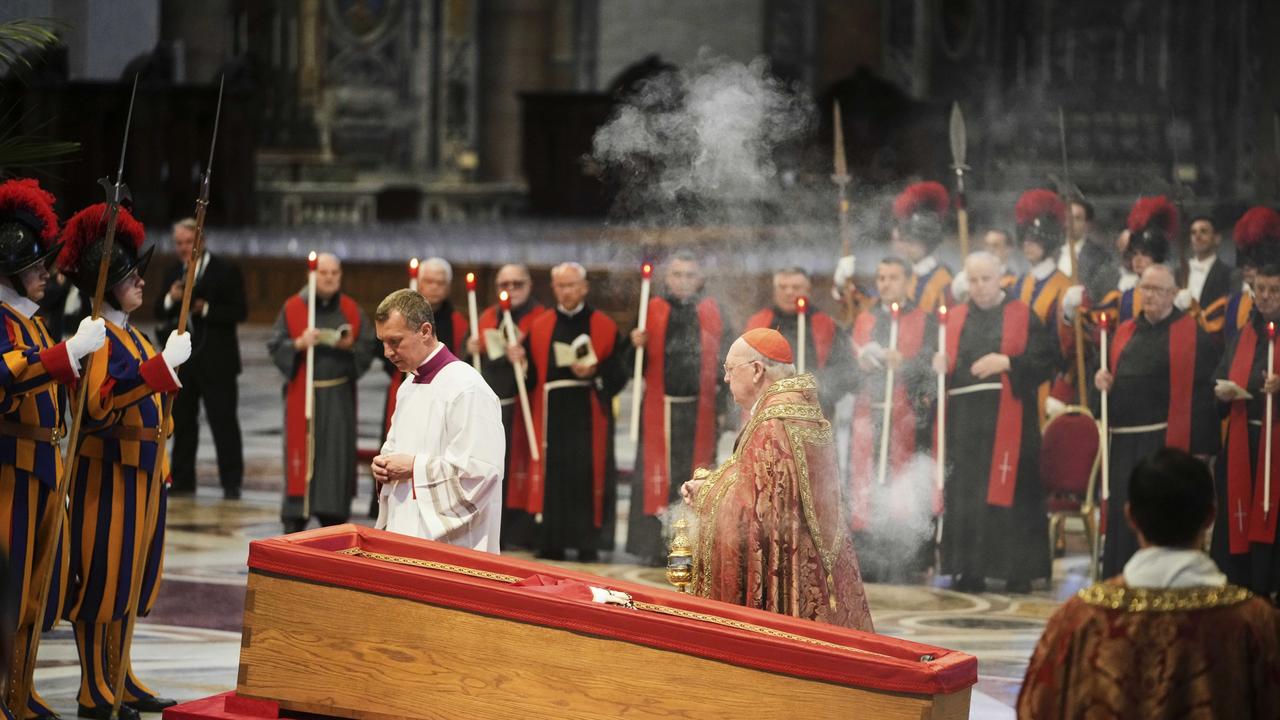
After the funeral, all eyes will turn to the process to choose a successor as leader of the world’s 1.4 billion Catholics.
Cardinals around the world have already been sent letters from the Holy See, instructing them to return to Rome to select a new pope.
Only those under the age of 80 are eligible to vote for a pope in the conclave, which should begin no less than 15 days and no more than 20 after the death of the pope.
About 60 cardinals of all ages already in Rome met Tuesday to choose the funeral date, in a so-called “general congregation”.
A second meeting is scheduled for Wednesday afternoon, led by the camerlengo, Cardinal Kevin Farrell, who is charged with running the day-to-day operations of the Holy See before a successor to Francis is chosen.
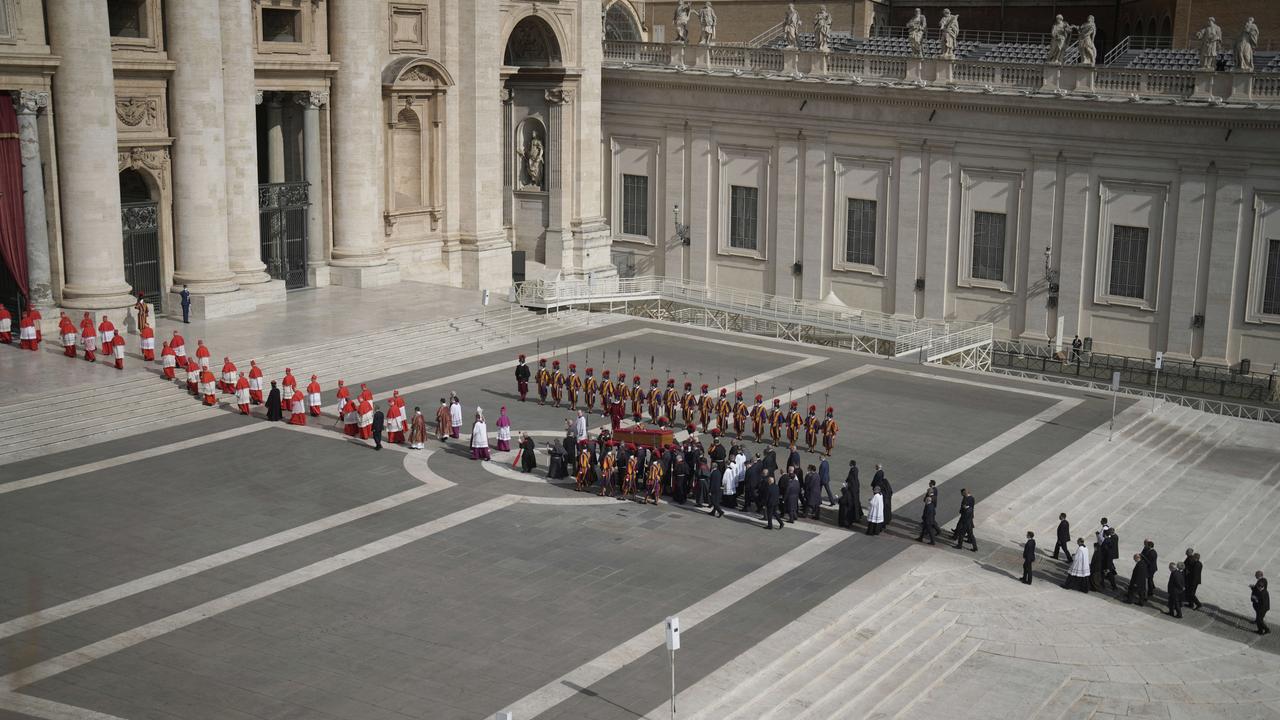
Francis’ death came less than a month after he was discharged from the hospital, where he spent five weeks battling pneumonia in both lungs.
Despite doctors calling for two months of rest, Francis continued to make appearances in public during his convalescence, where he appeared short of breath and without energy.
On Easter Sunday, the day before his death, he circled St Peter’s Square in his popemobile following mass and his traditional address to greet the crowds, stopping to kiss babies along the way.
The next morning, he died at 7:35am after having suffered a stroke, a coma and heart failure, according to his death certificate.



